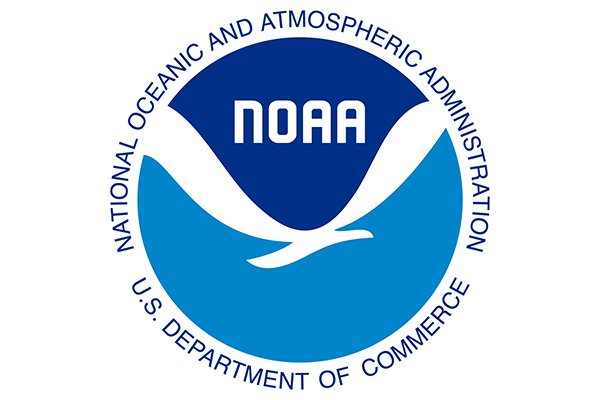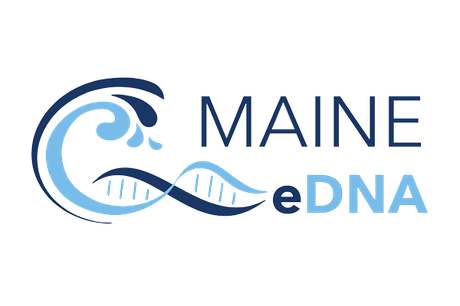Environmental DNA Validation
Validating the use of eDNA in marine fisheries assessments
Environmental DNA (eDNA) is an exciting and promising new tool for “observing” and quantifying animal populations in a variety of environments. To advance the reliable use of eDNA in the ocean, we are conducting a validation study using acoustic technologies for quantifying fish. We have extensive experience applying acoustics to Atlantic herring research and have greater confidence in being able to compare eDNA to a “known” herring quantity. Our work will provide insights into the factors that may influence fish eDNA in marine settings.
Project Goals:
- Characterize spatial and temporal variability in herring abundance and biomass.
- Explore relationships between acoustic and eDNA estimates of herring abundance and biomass.
- Identify how eDNA fragment length influences assessments.
- Understand how physical variables influence the relationship between acoustic and eDNA measures of herring abundance and biomass.
Environmental DNA (eDNA) is a promising tool for assessing abundance and biomass of organisms in aquatic settings. First used in enclosed systems (e.g., rivers, lakes and bays), the method is now being applied at larger scales, including the open ocean, to help improve fisheries assessments. Recent results show that eDNA can correlate with traditional survey methods, but issues related to fish catchability, detectability, and eDNA stability currently hamper the development of more robust correlations. This work builds on the results of a large-scale fisheries acoustic survey in coastal Maine that used acoustics to identify Atlantic herring (Clupea harengus) with a high degree of confidence. These acoustic estimates of herring abundance will be compared to eDNA concentrations to provide a robust test of the eDNA method for assessing fish abundance in the open ocean.
Additionally, recent findings suggest that shorter eDNA fragments have longer half-lives than longer fragments. We will work to verify these findings for herring in our lab. This information will be used to test correlations between eDNA and acoustic abundance estimates at different scales. It's expected that large-scale, longer-term patterns in herring abundance will be better captured by more stable, short-fragment eDNA, whereas small-scale patterns (e.g., at the scale of schools) will be best captured with long-fragment eDNA. In both cases, we will examine a range of spatial and physical variables to see how they influence the correlation between eDNA and acoustic abundance estimates. This study will advance the application of eDNA for making inferences about fish abundance and biomass at a range of scales that can be used in fisheries assessments.

Thomsen et al. (2016)
Environmental DNA from Seawater Samples Correlate with Trawl Catches of Subarctic, Deepwater Fishes
Project Team
-
![]()
-
![]()
-
![]()
-

Mike Kinnison, Ph.D.
University of Maine
-

Geneva York
University of Maine
Project Sponsor

This research is made possible through the generous support of the NOAA omics program.
Read Next
-
![Marine Heatwaves 101]()
Marine Heatwaves 101
Learn about what marine heatwaves are and how they can disrupt coastal ecosystems and the communities that depend on them.
Perspectives
-
![20 Years on the Waterfront: Reflecting & Looking Ahead]()
20 Years on the Waterfront: Reflecting & Looking Ahead
Celebrating our collective journey toward a thriving future
Perspectives
-
![The Impact of Learning Ecosystems Northeast]()
The Impact of Learning Ecosystems Northeast
Learning Ecosystems Northeast (LENE) is a NASA-funded collaborative partnership with the Gulf of Maine Research Institute (GMRI), 4-H, Maine State Libraries, Wabanaki Youth in Science, …
Perspectives
-
![The Alewife Journey: A Conservation Success Story]()
The Alewife Journey: A Conservation Success Story
On a spring evening at the Gulf of Maine Research Institute, guests gathered for the premiere of a film celebrating one of Maine’s most remarkable …
Perspectives





